The standard dimensions of kitchen cabinets are crucial to consider when planning a kitchen renovation or designing a new kitchen. Kitchen cabinets not only provide storage space but also play a significant role in the overall look and feel of the kitchen. Knowing the standard dimensions can help ensure that the cabinets fit seamlessly into the kitchen design and provide maximum functionality. Standard Kitchen Cabinet Dimensions
Before purchasing kitchen cabinets, it is essential to measure the space where they will be installed. Start by measuring the length of the wall where the cabinets will be placed, from corner to corner. Next, measure the height of the wall from the floor to the ceiling. Finally, measure the depth of the wall from the back to the front, where the cabinets will be installed. These measurements will help determine the appropriate size of kitchen cabinets needed for the space.How to Measure for Kitchen Cabinets
The optimal height for kitchen cabinets is a crucial factor to consider when designing a kitchen. The standard height for base kitchen cabinets is 34.5 inches, while the height for wall cabinets can vary between 12 and 42 inches. However, it is essential to consider the needs and preferences of the homeowner when determining the optimal height for kitchen cabinets. For taller individuals, higher cabinets may be more comfortable to reach, while for shorter individuals, lower cabinets may be more convenient.Optimal Kitchen Cabinet Height
The average size of kitchen cabinets can vary depending on the type and style of cabinets. However, the standard depth for base cabinets is 24 inches, while the standard width ranges from 12 to 36 inches. Wall cabinets typically have a depth of 12 inches and can range in width from 9 to 48 inches. It is essential to keep in mind that these are average sizes and can be customized to fit the specific needs of a kitchen.Average Kitchen Cabinet Size
The standard distance between the bottom of a wall cabinet and the counter is 18 inches. This distance provides enough space for most kitchen appliances and allows for comfortable workspace on the counter. However, this distance can be adjusted depending on the needs and preferences of the homeowner. For example, if the homeowner is taller and needs more space to work comfortably, the distance can be increased to 24 inches.Standard Kitchen Cabinet Height from Counter
Installing kitchen cabinets can be a challenging task, but with the right tools and instructions, it can be done easily. The first step is to assemble the cabinets according to the manufacturer's instructions. Next, locate and mark the studs on the wall where the cabinets will be installed. Then, drill holes into the back of the cabinet and attach them to the wall using screws. Finally, install the doors and any additional hardware, and the cabinets are ready to use.How to Install Kitchen Wall Cabinets
The standard depth for base kitchen cabinets is 24 inches, while wall cabinets typically have a depth of 12 inches. However, these measurements can be adjusted depending on the needs of the homeowner. For example, if the kitchen has a small space, shallower cabinets can be installed to save space and provide a more open feeling in the kitchen.Standard Kitchen Cabinet Depth
Properly hanging kitchen cabinets is crucial to ensure their stability and durability. The first step is to mark the location of the studs on the wall where the cabinets will be installed. Next, align the cabinet with the marks and secure it to the wall using screws. It is essential to use a level to ensure that the cabinet is straight. Finally, repeat the process for all the other cabinets, making sure to align and level each one.How to Hang Kitchen Cabinets
The standard width for base cabinets ranges from 12 to 36 inches, while wall cabinets can be anywhere from 9 to 48 inches wide. However, these measurements can be customized to fit the specific needs of a kitchen. For example, if a kitchen has limited space, narrow cabinets can be installed to provide more room for movement.Standard Kitchen Cabinet Width
Determining the appropriate size for kitchen cabinets depends on various factors, such as the size of the kitchen, the needs and preferences of the homeowner, and the available budget. It is essential to consider all these factors and work with a professional to determine the best cabinet sizes for a specific kitchen. Customized cabinets can also be made to fit any unique or awkward spaces in a kitchen.How to Determine Kitchen Cabinet Sizes
The Importance of Choosing the Right Height for Your Kitchen Wall Cabinets

The average height of kitchen wall cabinets plays a crucial role in the overall design and functionality of your kitchen. While it may seem like a simple decision, it is important to carefully consider the height of your cabinets to ensure they meet your specific needs and preferences.
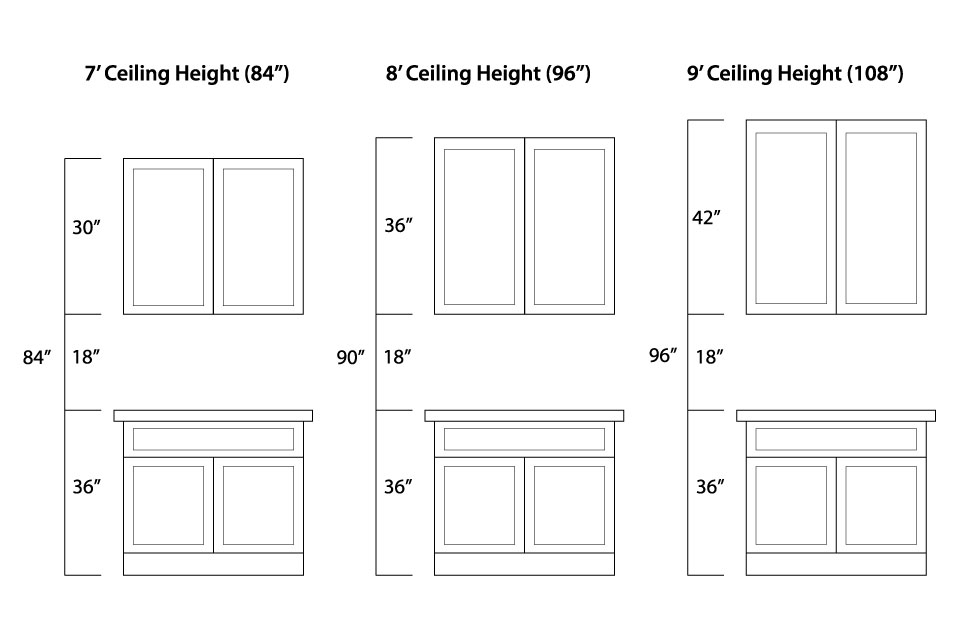
One of the main factors to consider when determining the height of your kitchen wall cabinets is the available space in your kitchen. If you have a smaller kitchen, opting for taller cabinets may not be the best choice as it could make the space feel cramped and overwhelming. On the other hand, if you have a larger kitchen, taller cabinets can add visual interest and create a more cohesive look.
Ergonomics is another important aspect to keep in mind when selecting the height of your kitchen wall cabinets. Cabinets that are too low can cause strain on your back and arms while trying to reach for items, leading to discomfort and potential injuries. On the other hand, cabinets that are too high can be difficult to access and may require the use of a step stool, which can be inconvenient and potentially dangerous.
Functionality is also a key consideration when choosing the height of your kitchen wall cabinets. If you are someone who often cooks or bakes, having cabinets at a comfortable height can make meal preparation easier and more efficient. Additionally, if you have young children, it may be beneficial to have lower cabinets that they can easily access for snacks and dishes.
In terms of design , the height of your kitchen wall cabinets can greatly impact the overall aesthetic of your kitchen. For a more traditional look, cabinets that reach the ceiling can create a grand and elegant feel. On the other hand, leaving a gap between the top of your cabinets and the ceiling can add a modern and airy touch to your kitchen.
Ultimately, the average height of kitchen wall cabinets will depend on your personal preferences and needs. It is important to carefully consider the available space, ergonomics, functionality, and design of your kitchen when making this decision. By choosing the right height for your cabinets, you can create a functional and visually appealing kitchen that meets your needs and suits your personal style.
Conclusion:
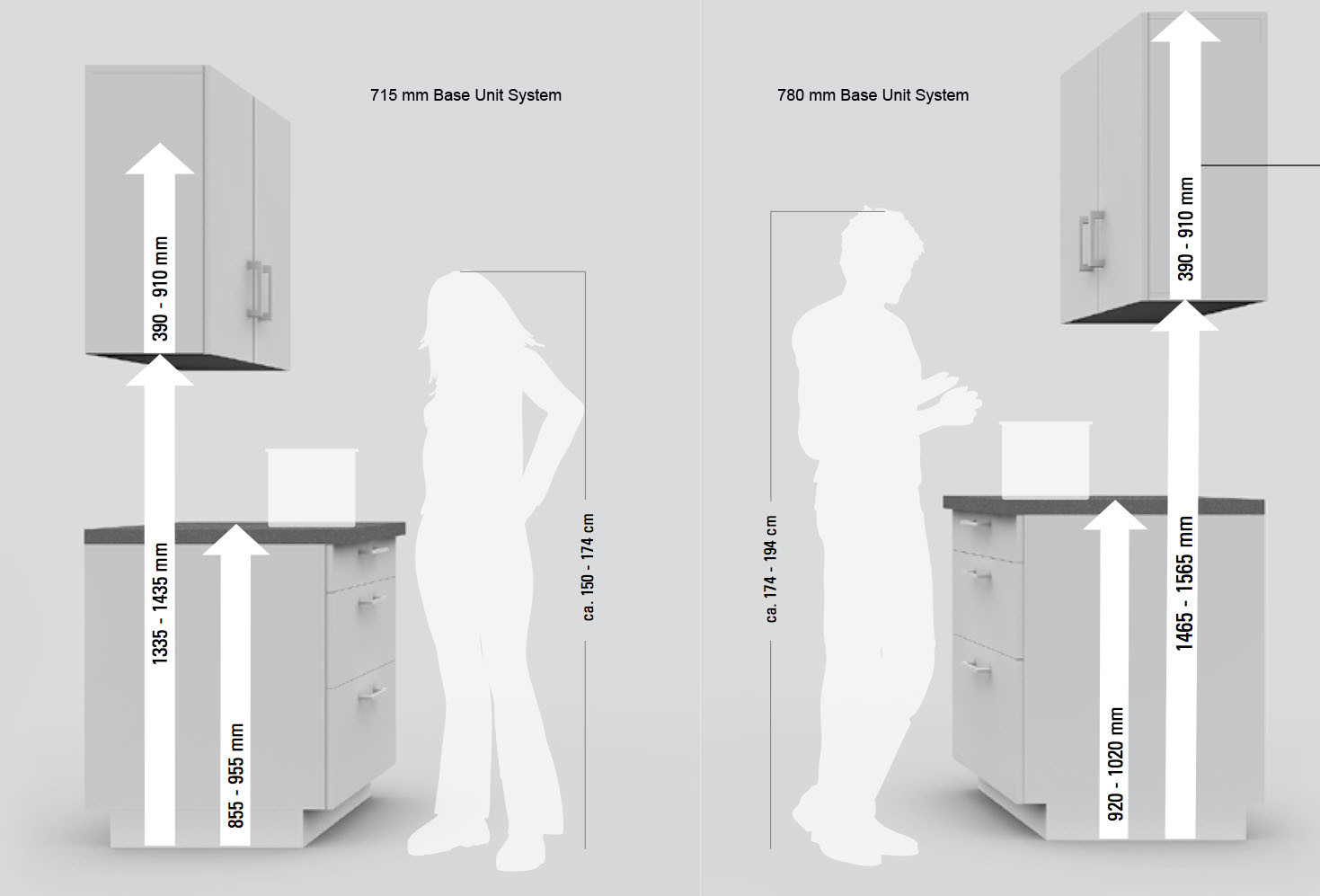
In conclusion, the average height of kitchen wall cabinets is an important aspect to consider when designing your kitchen. It can greatly impact the overall functionality, design, and comfort of your space. By carefully considering your available space, ergonomics, functionality, and design preferences, you can choose the perfect height for your kitchen wall cabinets.

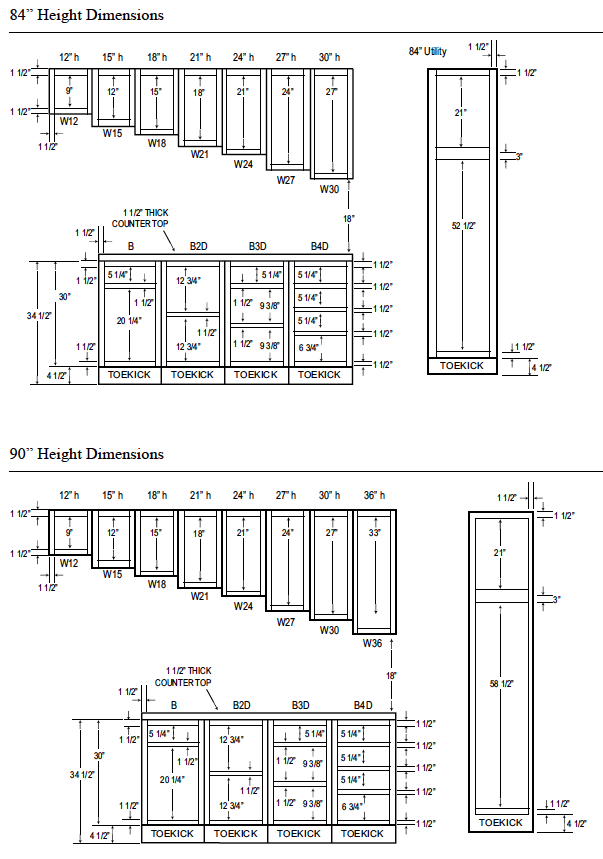

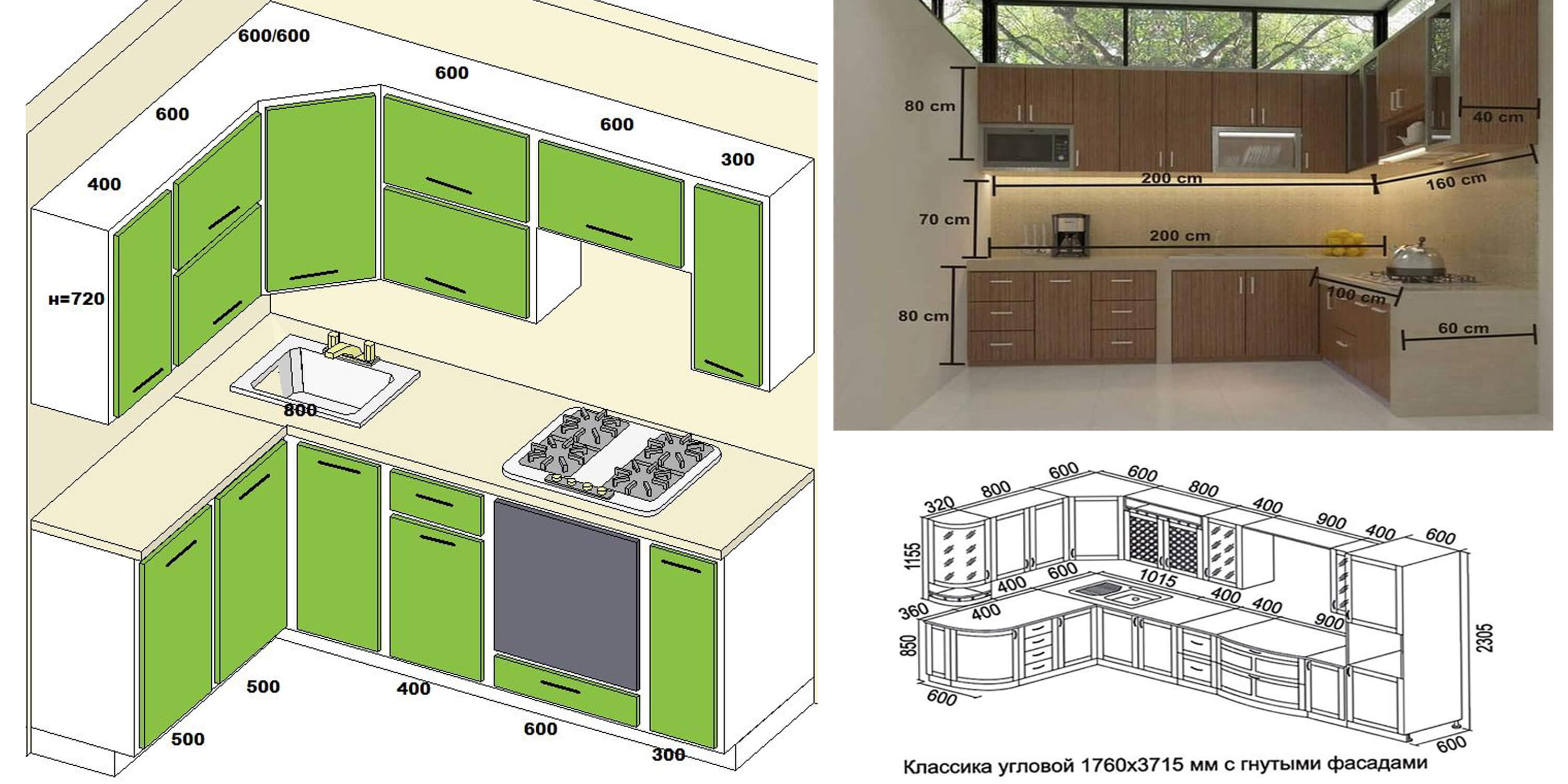



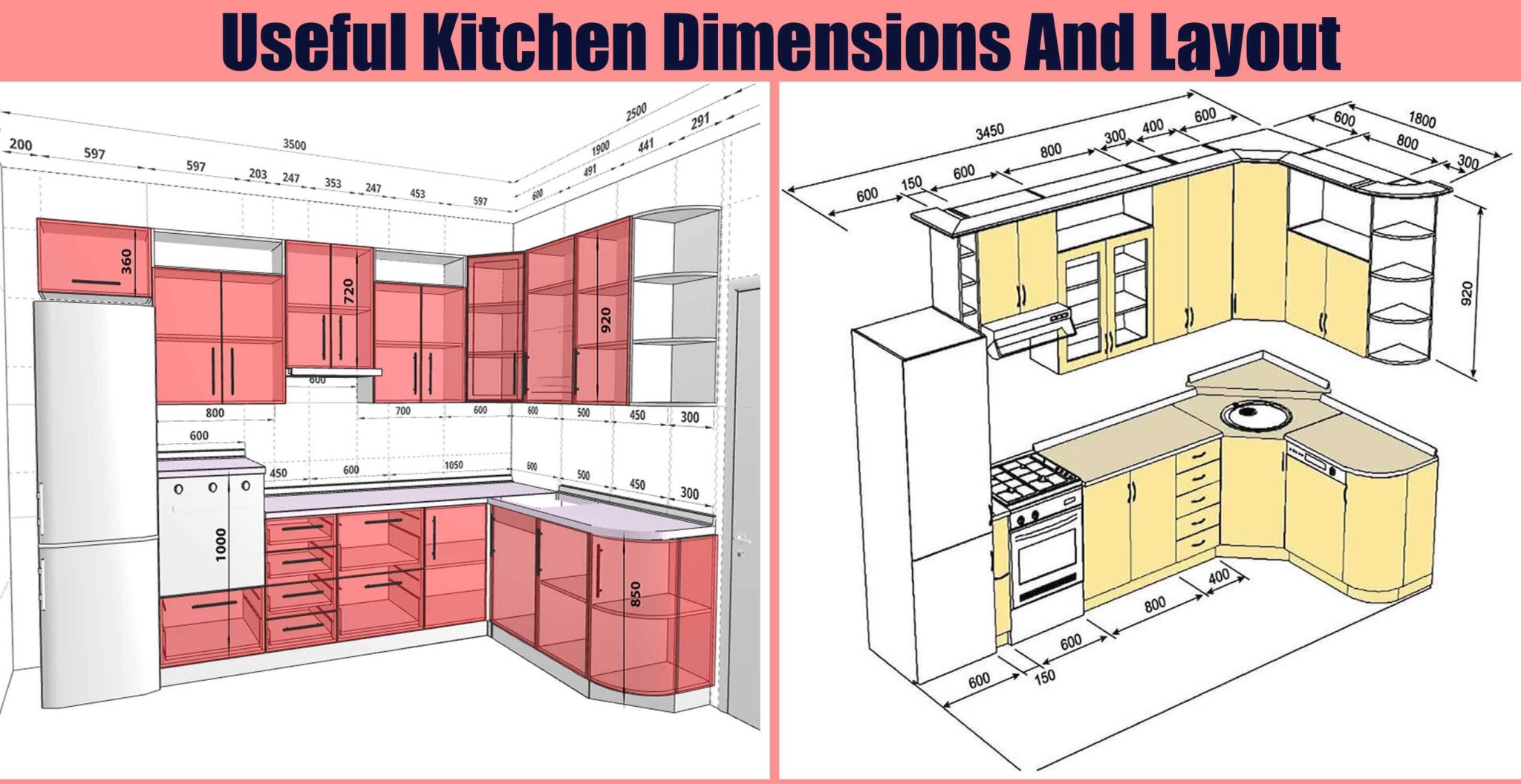

:max_bytes(150000):strip_icc()/guide-to-common-kitchen-cabinet-sizes-1822029_1_final-5c89617246e0fb0001cbf60d.png)
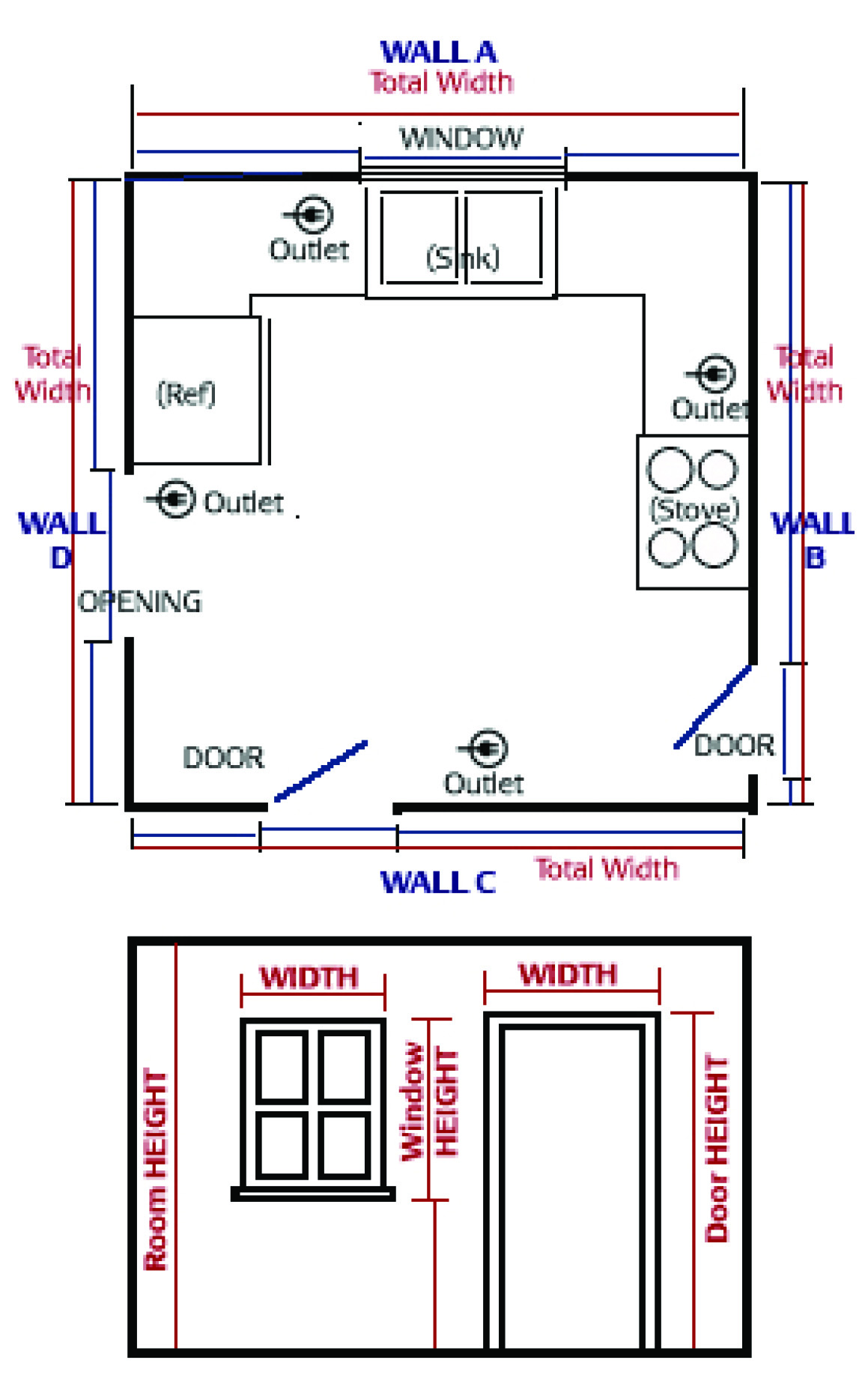



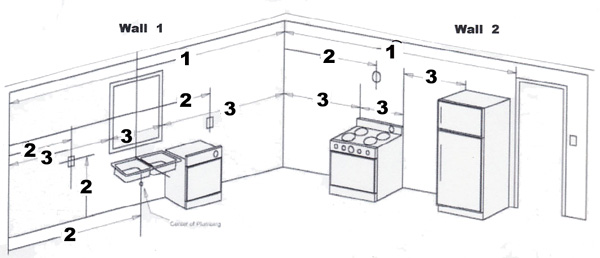



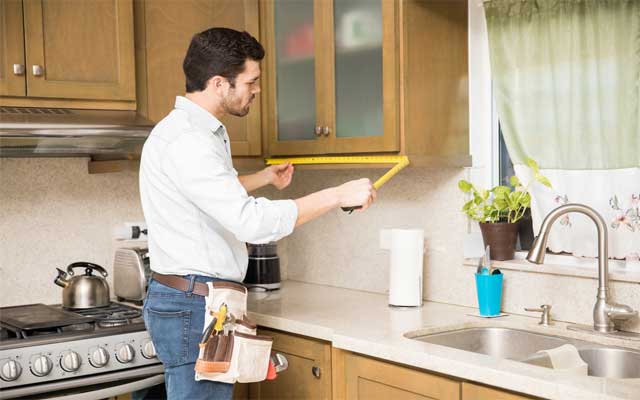


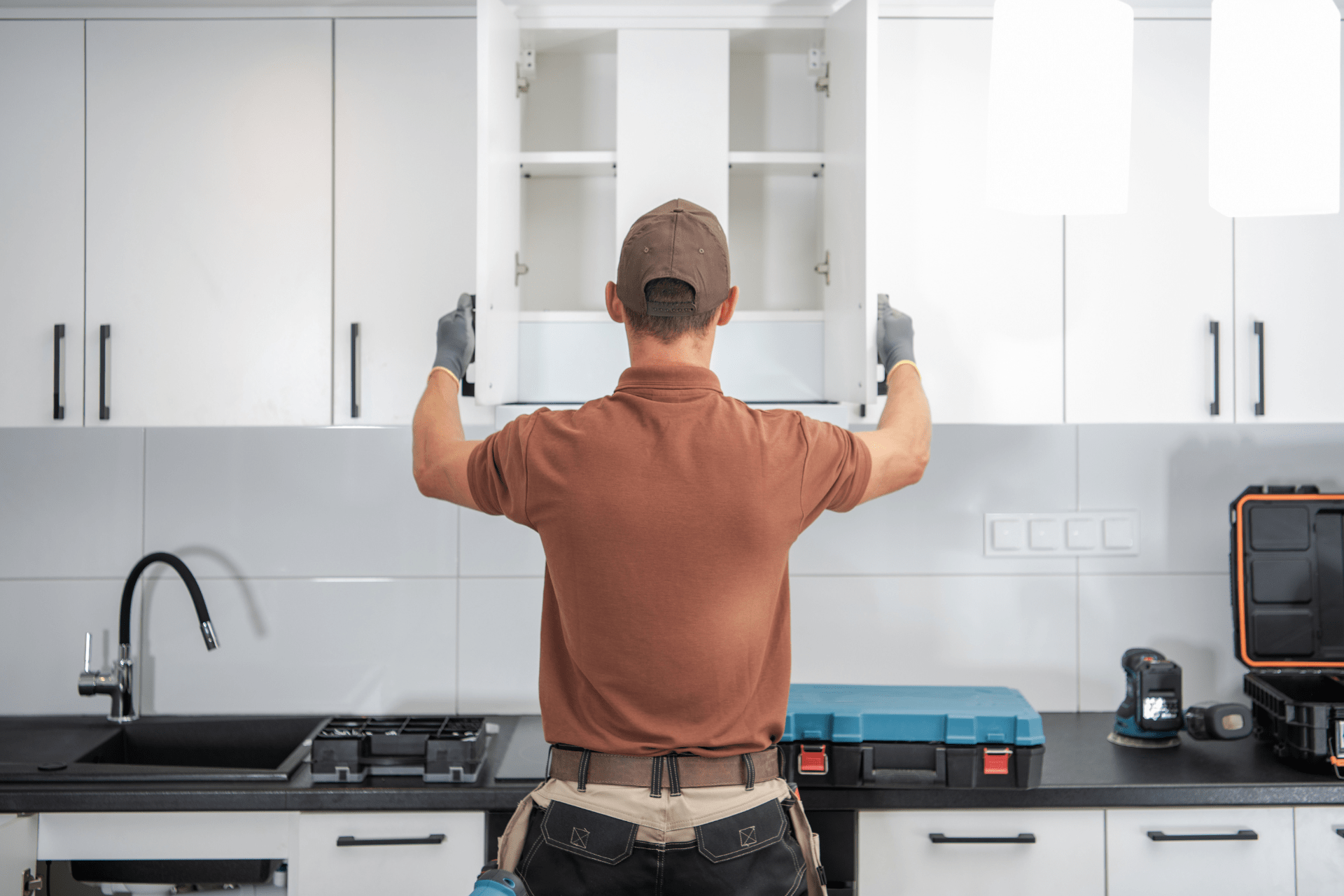




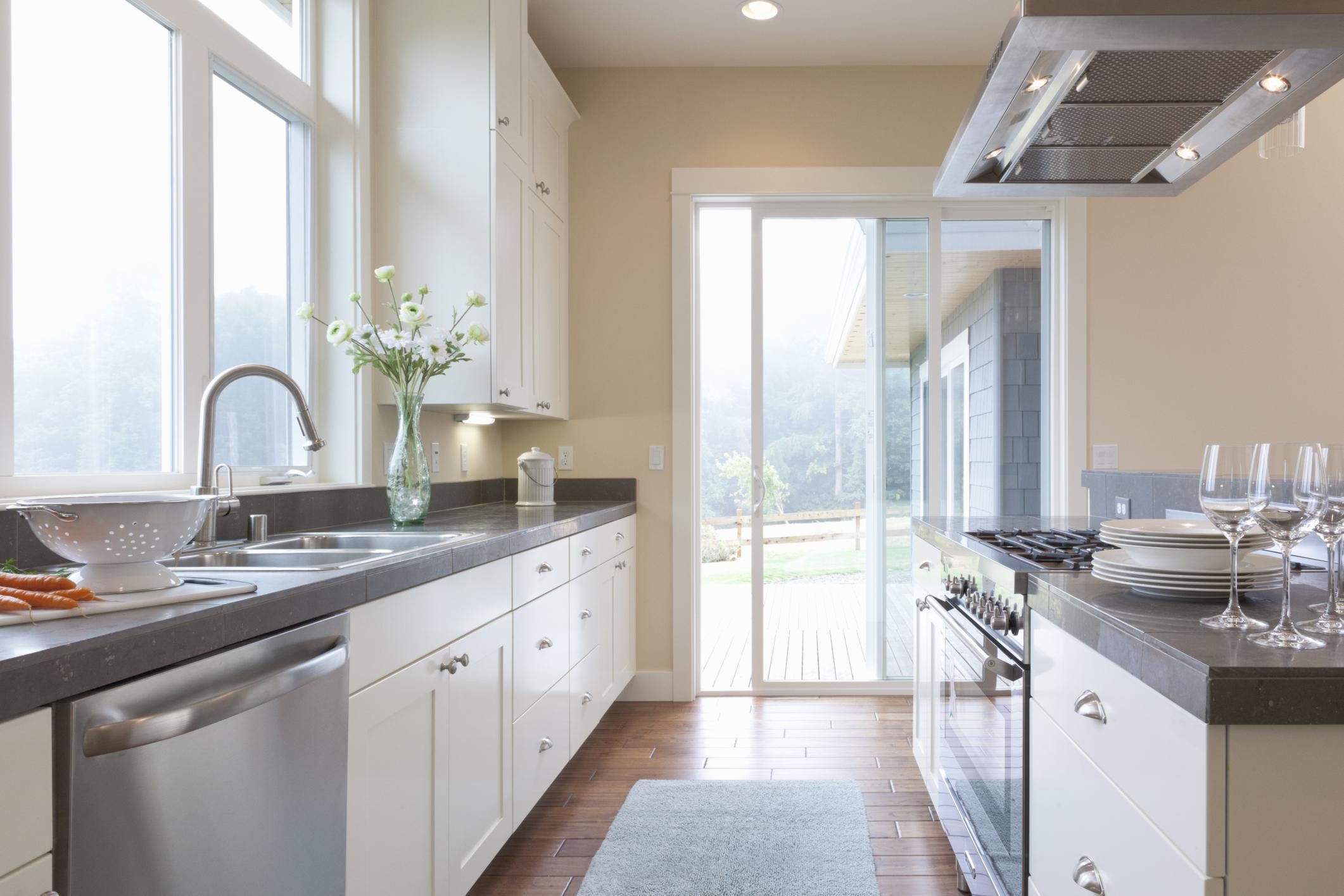
/82630153-56a2ae863df78cf77278c256.jpg?resize=720%2C540&ssl=1)


:fill(FFCC00,1)/kitchen-167449465-G1-589d4be73df78c4758d706ff.jpg)
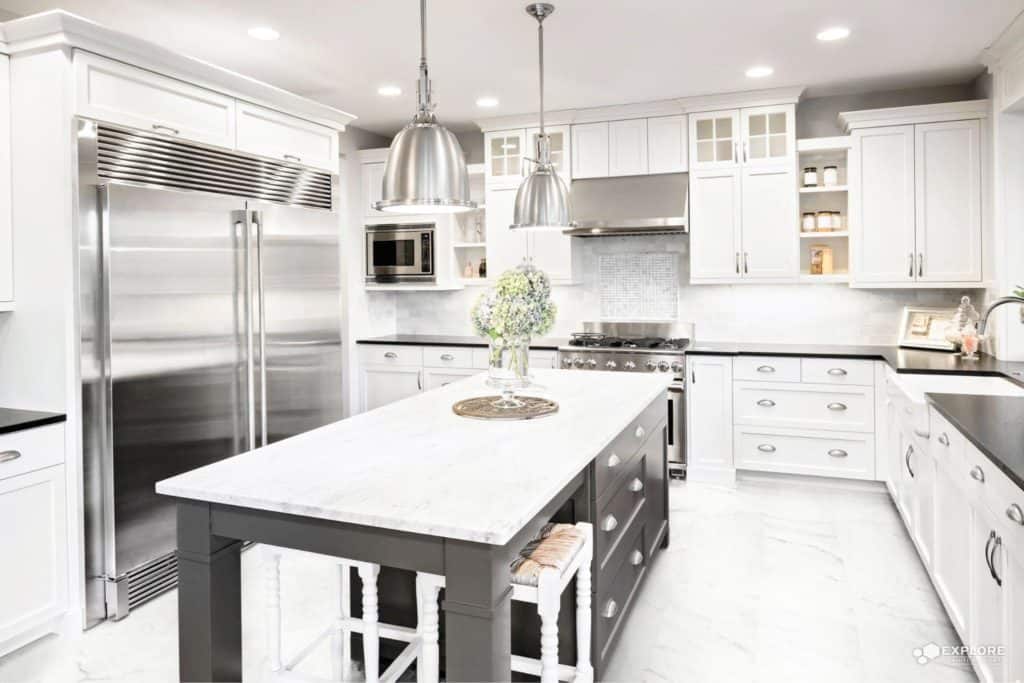


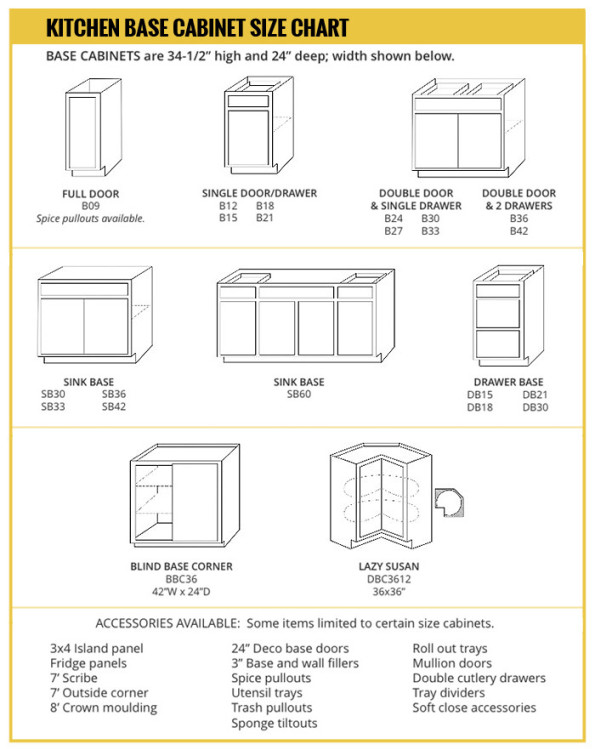






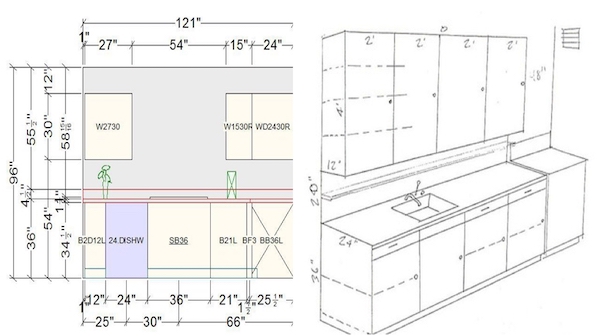
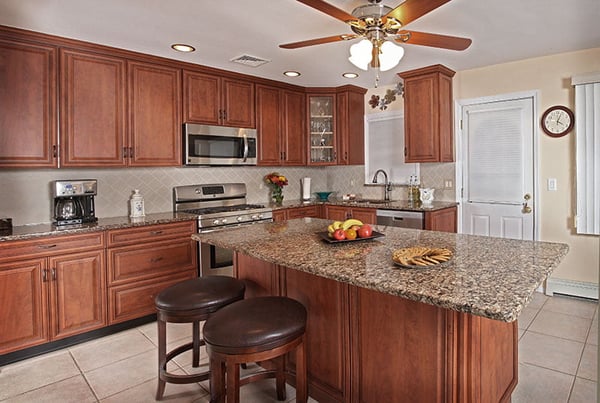
:max_bytes(150000):strip_icc()/average-kitchen-size-1822119-hero-08c52bcda9774f7f83e8cc54b2fdcfc0.jpg)


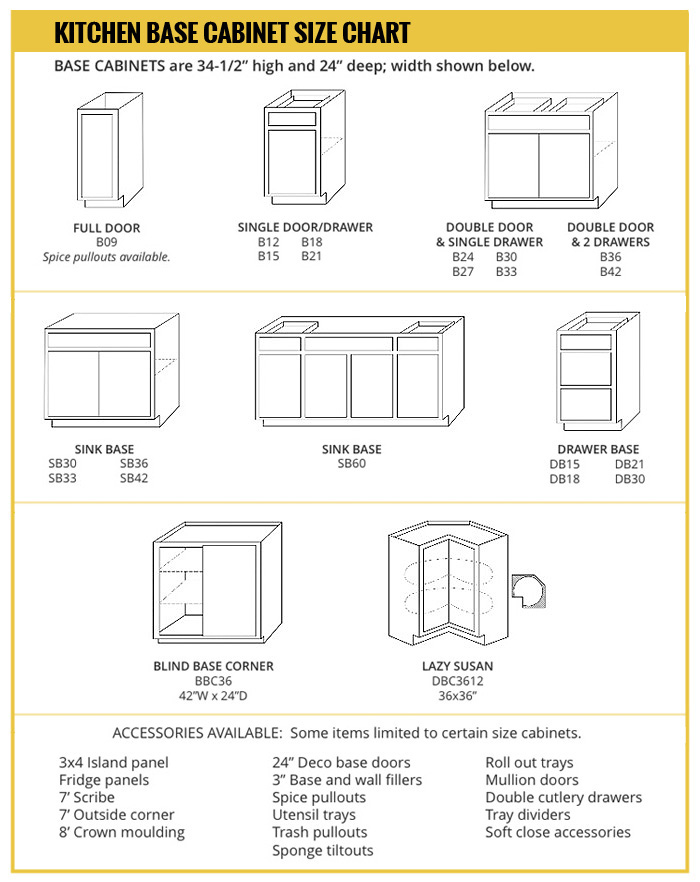
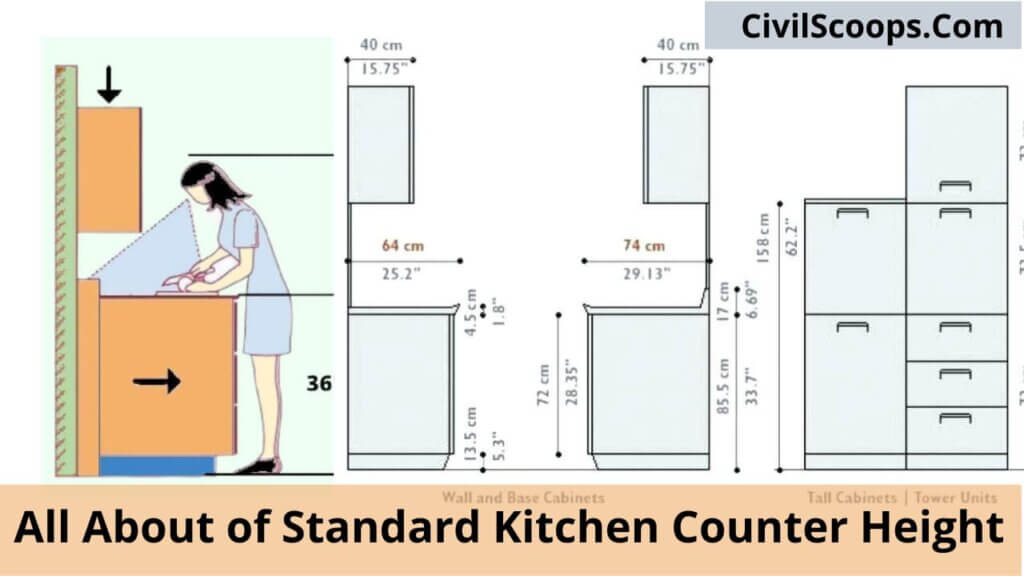

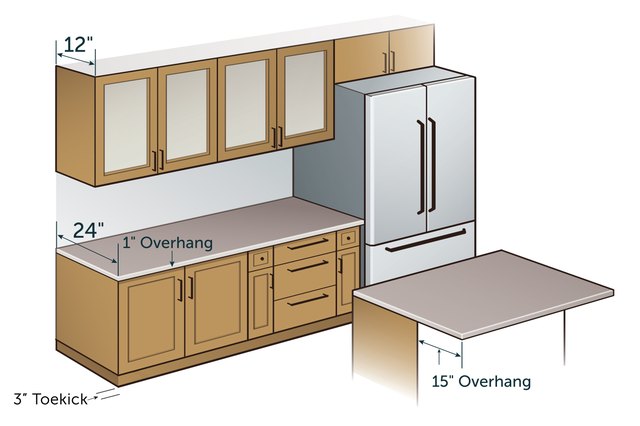





:max_bytes(150000):strip_icc()/guide-to-common-kitchen-cabinet-sizes-1822029-base-6d525c9a7eac49728640e040d1f90fd1.png)





























:max_bytes(150000):strip_icc()/guide-to-common-kitchen-cabinet-sizes-1822029-tall-b54a33db9817449b8c4f12107d6b6874.png)

















